Boundary microphones are rarely mentioned when discussing creative recording — and this is unfortunate. When paired with the right boundary material you can achieve a wide range of sounds and sonic textures. In general, these mics are rather affordable, and the boundary materials are downright cheap. Several companies make boundary mics, including: Audio Technica, Crown, Peavey and Radio Shack. You may also have heard these called PZM, or pressure zone microphones. The term "pressure zone microphone" has been trademarked by Crown, which also makes the affordable Sound Grabber PZM mic.
These mics are called pressure zone or pressure sensitive mics because the mic must be placed very close to a plate/boundary to collect sound effectively at the point where the sound has reflected off the boundary and is then moving away from the surface as more sound approaches. In this small space, the sound waves are in phase with each other, in the pressure zone, and provide a reflection-free image of the sound in that space with a 6 dB boost in volume due to the doubling of the sound waves. In use, imagine these mics like audio-eating spiders with the boundary as their web. They are a first choice for many sound reinforcement and recording applications, such as boardrooms, classrooms, and other facilities where an unobtrusive mic is needed.
Aside from lectures and meetings, a classic use of boundary mics is as drum overheads, usually attached to a piece of plexiglass in order to increase the low end response by enlarging the physical boundary size. But this has been done over and over — we need to try something worthy of the Tape Op spirit!
Try more exotic backing materials such as laminate, glass, plywood, carpeted board, marble, cork, adobe tile, sheet metal or even drum heads. Try two for stereo. I've also used a boundary mic for the middle of an M/S configuration. They work great inside tin furnace vents or just about any other resonant object. Take your friends to the local home improvement store and see who can come up with the coolest boundary object for less than ten dollars. And don't just set these mic/boundary combinations on the floor — set them at varying degrees to the source, mount it on a stand, tape it to the back of a speaker cabinet, or hang it from the ceiling. Be creative.
Microphone placement is one of the most critical aspects in good recordings. A well-placed mic running into an average preamp is almost always preferable to a randomly placed mic and an expensive preamp. Boundary mics are a good way to learn about mic placement, how materials respond to certain frequencies, and creative placement techniques. If you find a cool boundary mic technique, email me at garrett@tapeop.com.
<<<<(Hey Garrett, how about a pair of old solid core doors as pictured? -JB)
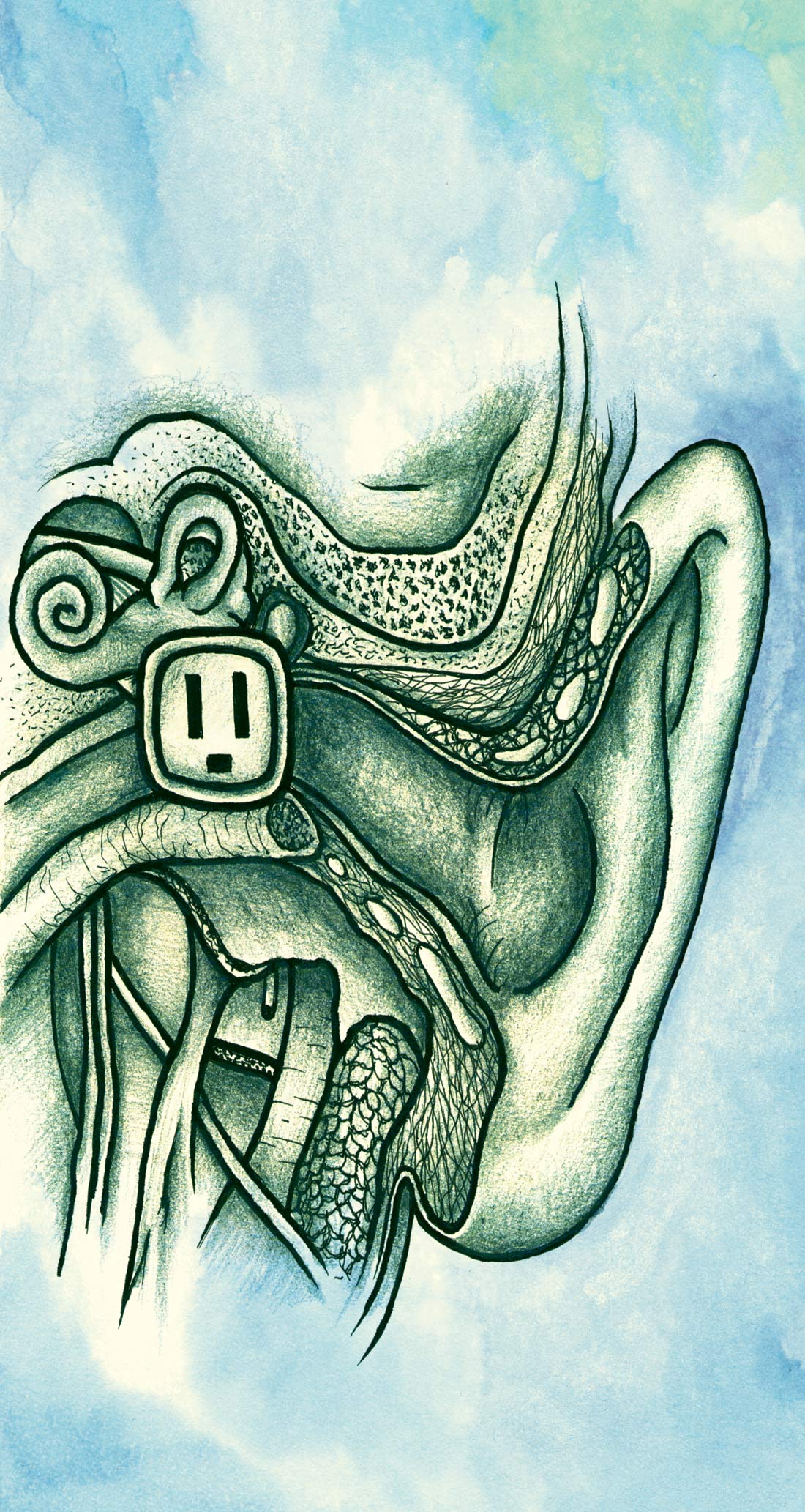

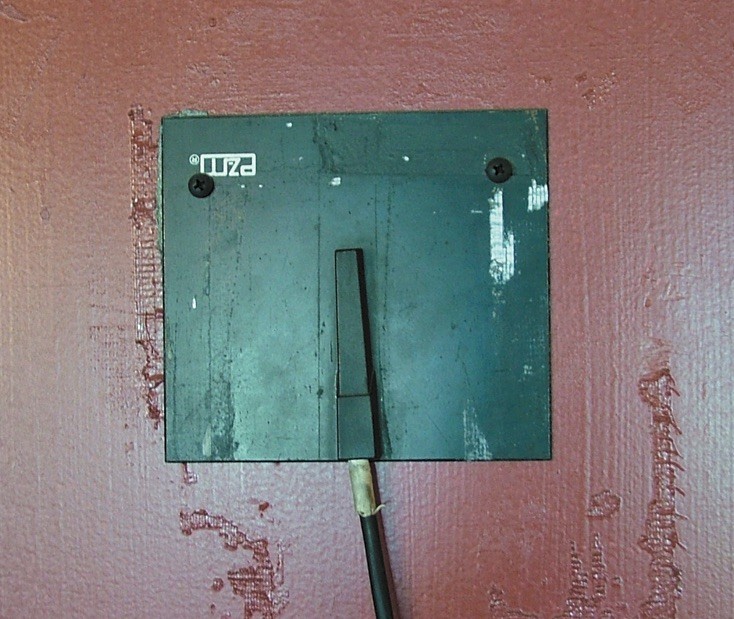
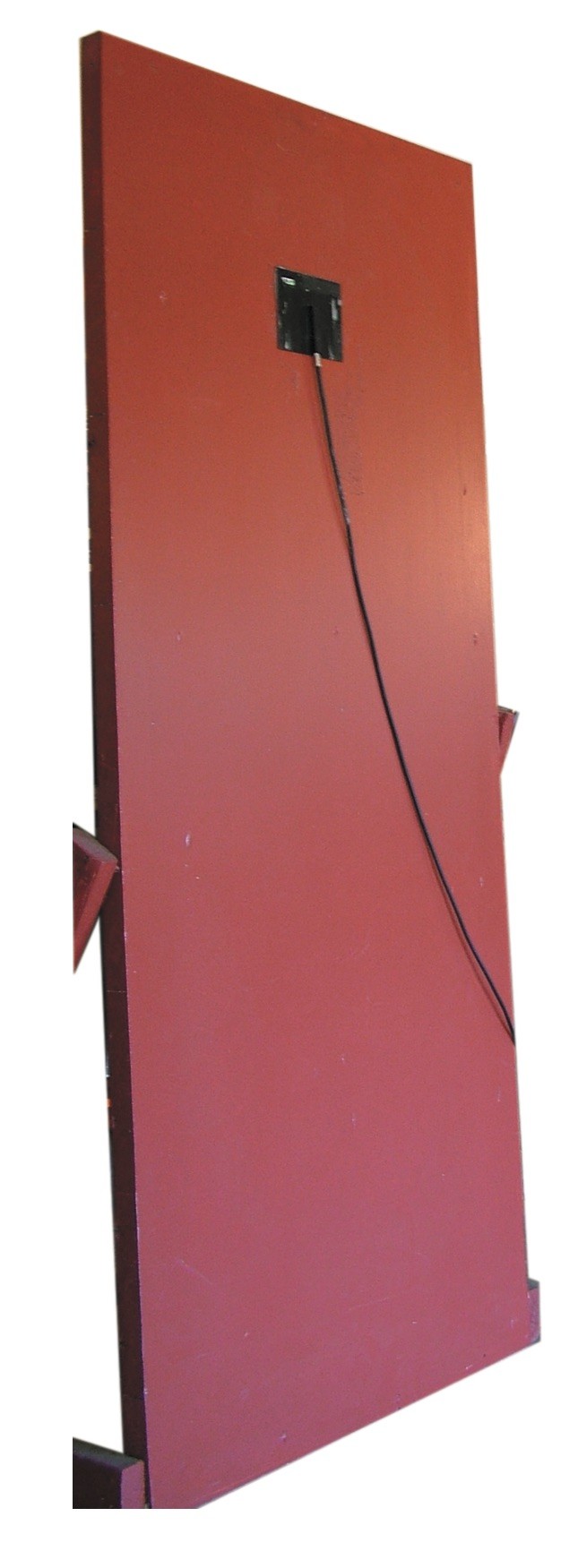

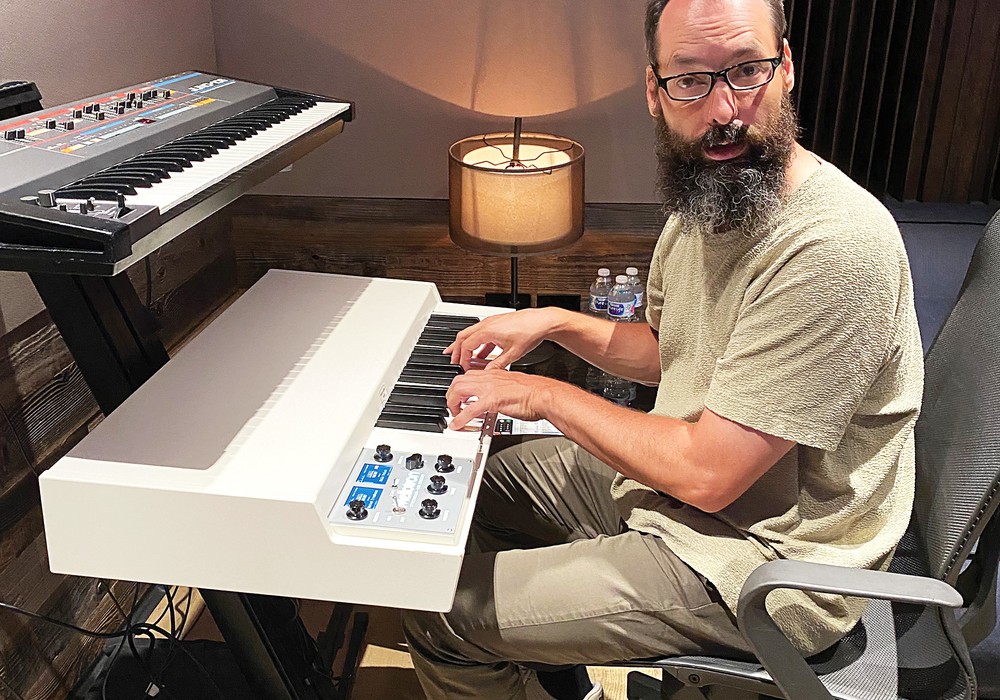
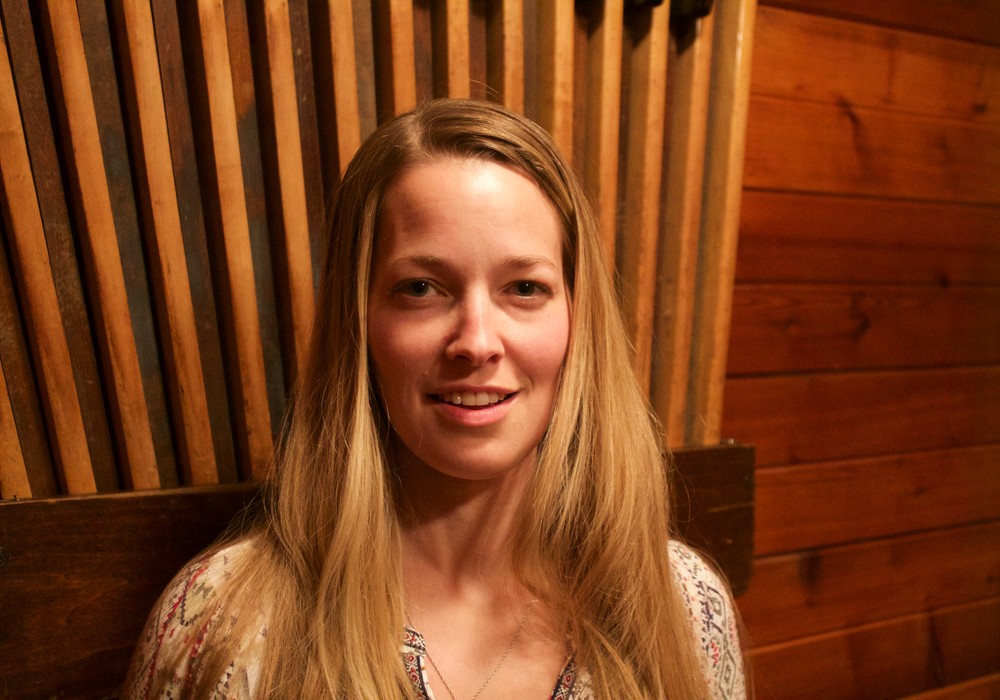


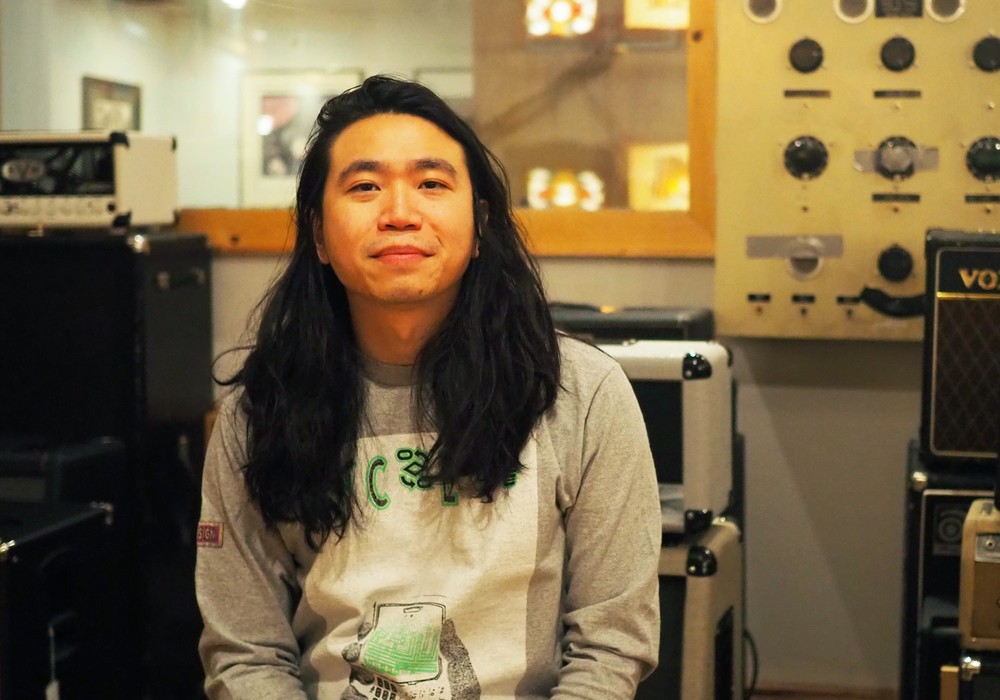
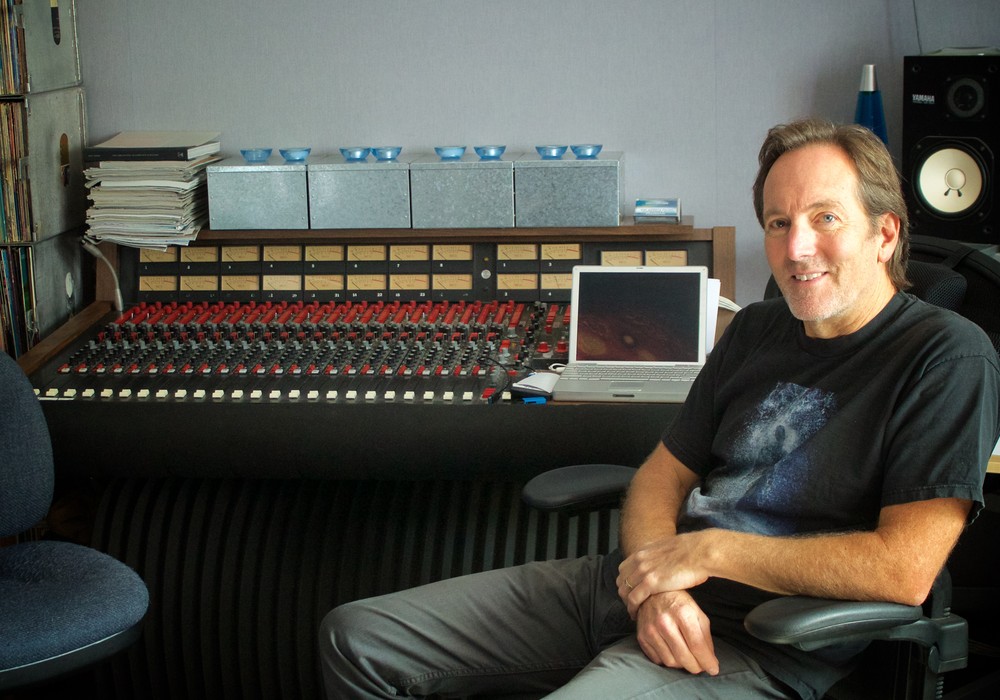

_display_horizontal.jpg)